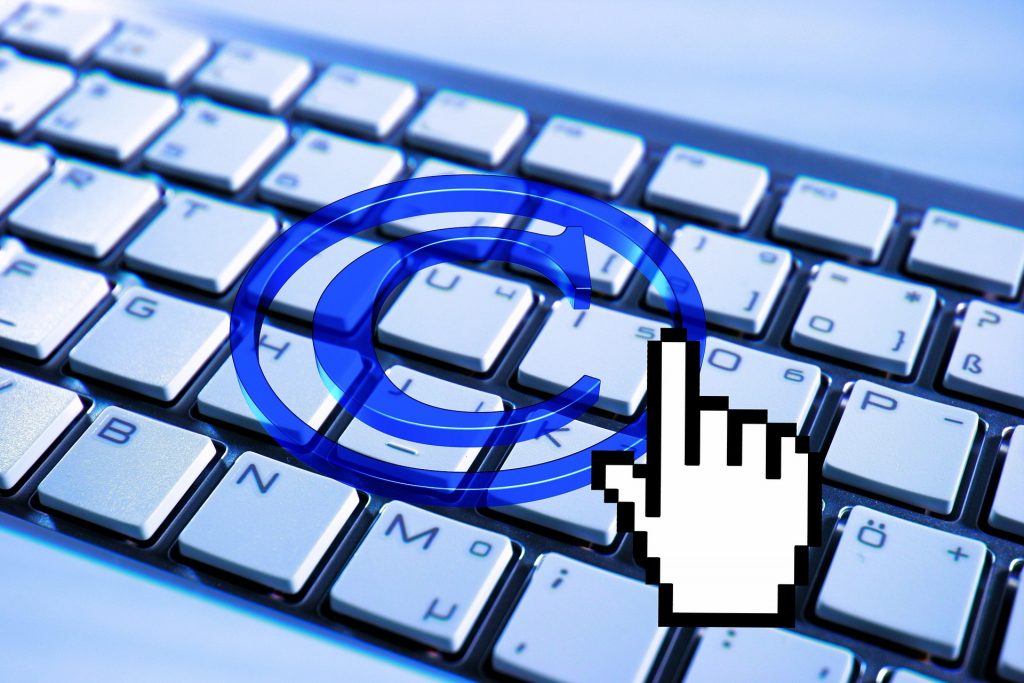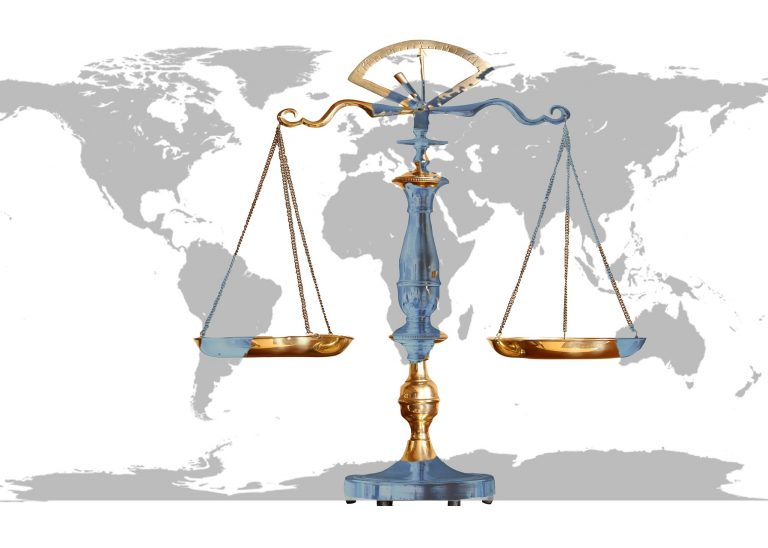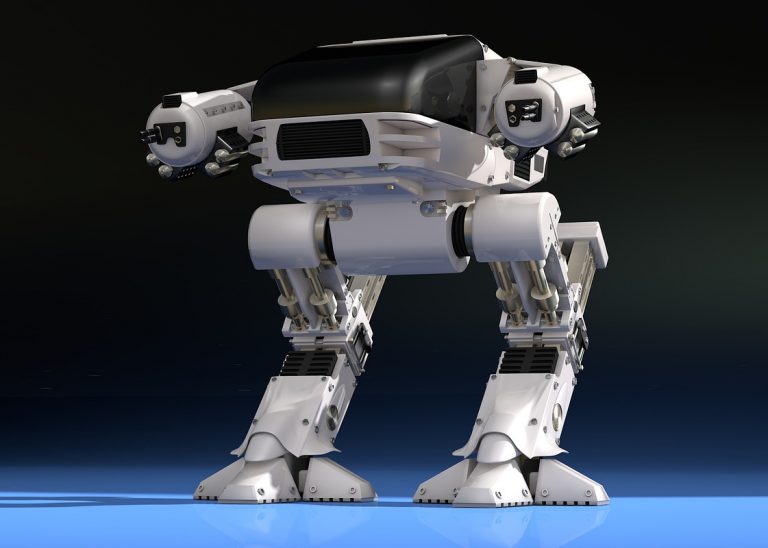For a private citizen inventor, intellectual property management can be a challenge – and an expensive one.
Fortunately, inventors and research institutions have technology transfer staff to help guide them.
Inventors at universities and other institutions need to know the basics about intellectual property management in order to work with technology transfer staff and protect their inventions.

The Basics: Intellectual Property and Research Institutions
1. Invention disclosures
Research institutions encourage faculty and students to share new discoveries via an “invention disclosure” form. Researchers are asked to summarize the invention, and often to suggest potential commercial applications. In the United States, the norms for this process were established after the passage of the Bayh-Dole Act.
The process for submitting invention disclosures varies by institution. The document is held in confidence by the technology transfer professional who receives it.
Technology transfer staff use invention disclosures to assess whether the discovery had commercial potential, and to inform patent prosecution.
2. Patent prosecution
If an invention has market potential, the next step may be to begin pursuing a patent. A technology transfer office typically guides this process, which can be complex. A patent is a set of exclusive rights that patent owners are granted, based on the sharing of information about an invention.
Ownership of intellectual property varies case by case and depends on the employment status of the researcher, use of the institution’s resources in the research, prior agreements, the source of funding for the research, and other factors.
The technology’s licensee will often contribute monetary resources to help secure patents.
Interested in viewing large enterprise partners that are seeking patented technologies? Sign up for a free seedsprint account.
3. Copyright registration
Certain types of inventions, especially software, may be eligible for copyrights rather than patents. Books, video, and software code are all candidates for copyright protection.
4. Licensing
Technology developed at research institutions is usually transferred to a third party using a licensing agreement. The third party may be granted exclusive or non-exclusive rights to a technology. The most common licensees for university technologies are established companies or new startups.
Sometimes, researchers will make arrangements to leave their institutions or adjust their workload in order to become a founder of a new startup based on the technology they invented.
5. Commercialization
Commercialization is the journey that a technology takes from the lab (or garage) to the market. The process often involves assessing real-world applications, brainstorming products and potential paths to market, designing products, conducting pilots and tests, and securing sales and distribution channels. The licensee may wish to work with the inventor to assist with the commercialization process.
Interested in licensing technology or exploring market applications for your technology? Learn more about the free seedsprint community.



